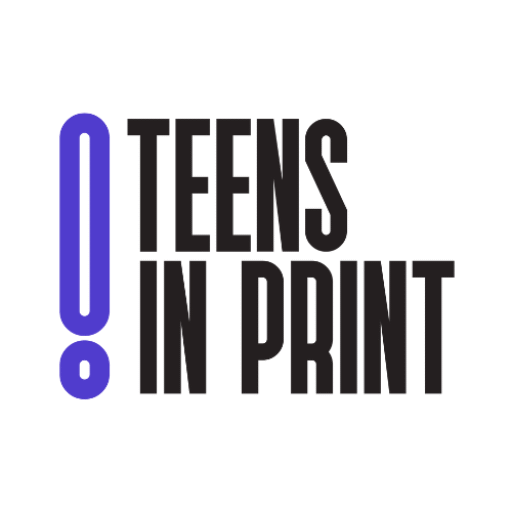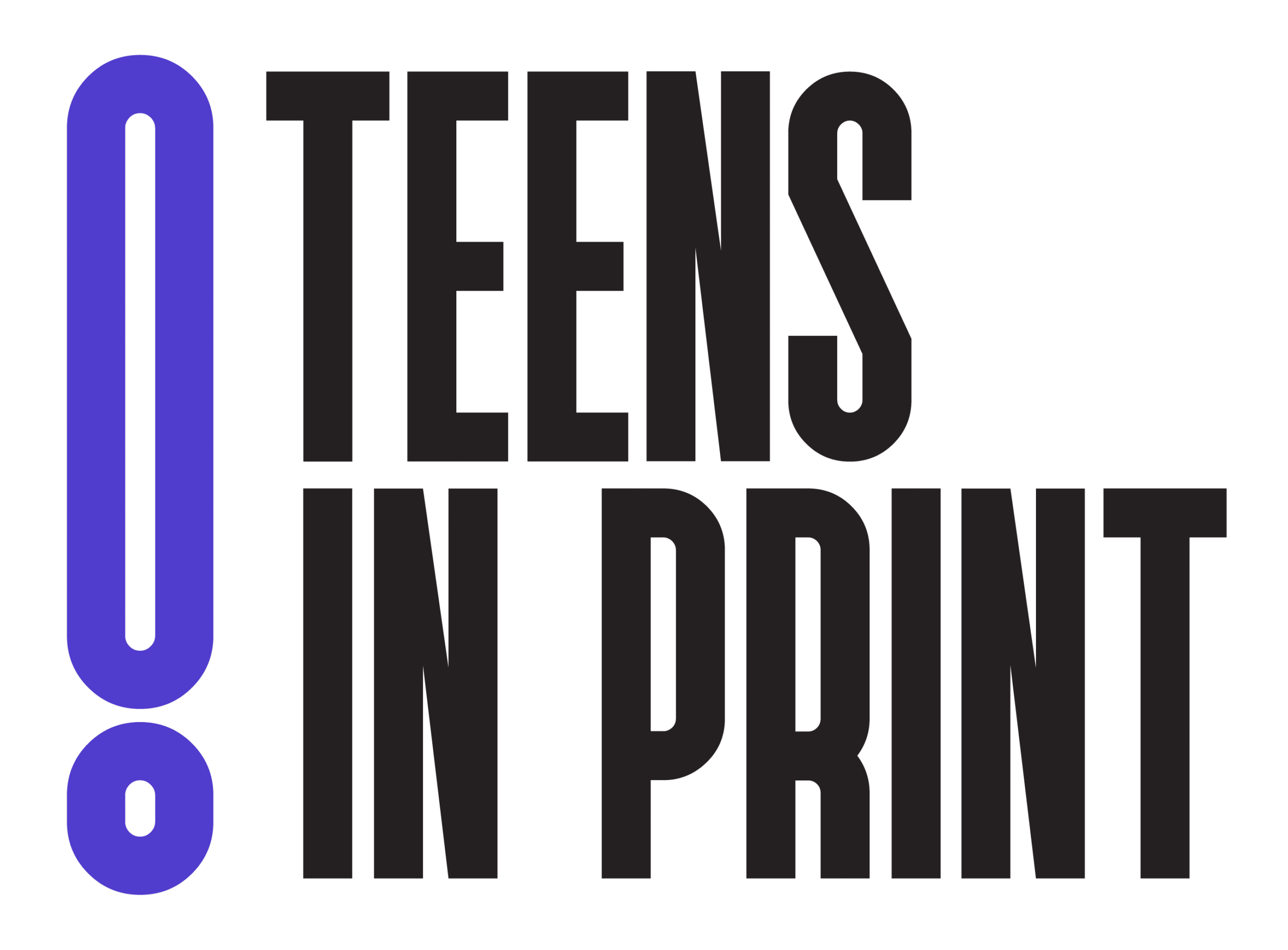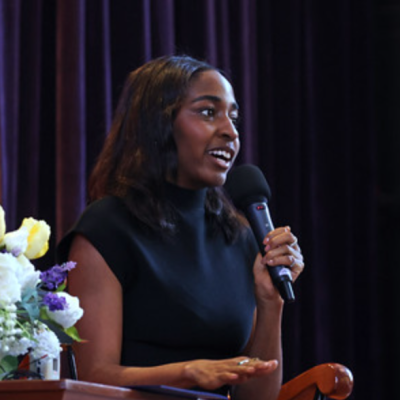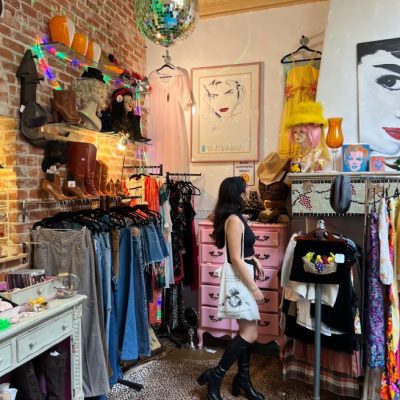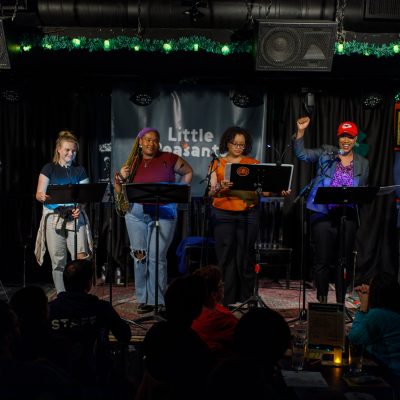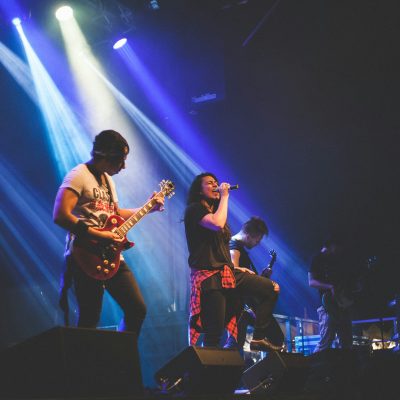Black Nativity – A living performance
As a young person, living in Boston, I think there’s a general consensus that our city is pretty dull, especially when you look online and can see the rest of the world at your fingertips, we seem kind of bland in comparison. Black Nativity is a play that has been performed annually at the Paramount Theater in Downtown Boston for the past 52 years. It’s a rendition of the classic story of the birth of Christ, played by an entirely black cast, and I would say is an excellent use of your time during the holiday season.
On December 10th I went to the Paramount theater. I talked to Edmund Barry Gaither, the Director, and Curator of the Museum of the National Center of Afro-American Artists (NCAAA), about Black Nativity. Gaither explained Black Nativity to be “the creation of Langston” and explained that Langston Hughes “had a great interest in everyday people, and common speech, he had a tremendous love for gospel and jazz, and blues, the whole range of black popular music of the time. He took the framework from the new testament. He reimagines that with reference to doormen and butlers, maids and cleaning people, the jobs that were available to immigrant and migrant black people, and others in the time of the first half of the 20th century.”
Ultimately Black Nativity is a story of people performed by people and it represents problems that people face. Particularly as it was made in 1961, five years after the Montgomery bus boycott that sparked the civil rights movement. Being called “Black” Nativity was a radical idea to begin with because it is the story of the birth of Christ, a story of being neglected by those around you. It appeals to an experience that audience members are likely to understand. This worked when it was made and remains relevant 52 years later because the audience is still people.
I haven’t been to many plays, but when I have gone to plays or other live performances I’ve never truly seen the people in front of me as, well, people. It’s almost as if I’m watching a film and they’re simply characters on a screen. I may think about that character being portrayed but not the person behind the role. When you go see Black Nativity, you enter the theater, the play starts, and seeing the actors slowly make their way to the stage strikes with a sense of community as if all of the weeks of training and getting to know each other that the actors experienced is packaged, sorted and mailed to you in the form of a chorus. I think this is partly due to the fact that there aren’t really characters in the story, I mean there’s Mary, Jesus, and Joseph but aside from them, there are no characters, just people. So the actors aren’t really acting, they aren’t pretending to be somebody that they’re not.
The first scene, I feel, is one of the most powerful; I think when I was told that they cast kids locally and that it was in many ways a community event, I thought that was great, but it left me with the impression that it would be a lower quality, high school play style production. Immediately this notion is dismissed by the powerful voice of the narrator. I didn’t get the opportunity to talk to her so I don’t know who it was but she had the most beautiful voice I’ve ever heard.
And its no surprise that the cast are able to perform so well. Gaither explained that the staff is a mix of families and community members and that “From one family we have the child who was the first baby Jesus. Then later members of their family were in singing/ performance, and the matriarch of that family is very prominent in that. Some other family members ultimately became part of our technical production staff.”
I’ve already alluded to this but many of the actors in Black Nativity are locally cast children, Gaither says they often have some children “who may have never been on the stage, or in theater, before” and that this “gives them the confidence to perform before a paying audience.” This is because Dr. Elma Lewis (founder and former artistic director of the NCAAA) “believed that children could do anything, that if adults didn’t teach children to fail they would all go ahead to change the world.” Other performers are from open auditions, many have been there in previous seasons, two of which have been there every season since 1970.
There are other aspects I didn’t talk about: the notable people involved in its production, the incredible sound design, as well as some other noteworthy scenes but I think that it would make more sense for you to experience it for yourself rather than me telling you about my enjoyment of the scenes.
If you want more information, want to buy tickets, or want to donate to the NCAAA you can do so at Blacknativity.org

